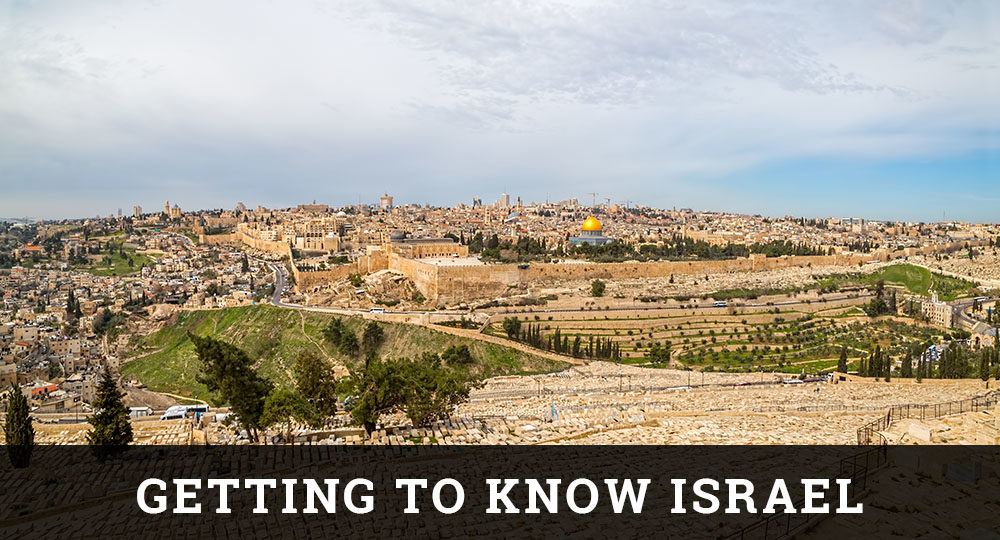Biblical Dan
When the children of Israel first settled the Promised Land, the tribal allotment for Dan was along the coastal plain. But, by nature, the openness of the coastal plain created problems for the tribe of Dan. The Philistines and every other marching army in the Middle East went right through their back door, creating a very unstable situation. As a result, the Danites began looking for a place to relocate, and they eventually moved north about as far as they could go and still remain in Israel. They settled at the base of Mount Hermon in a very lush, verdant, well-watered region that I refer to as Dan II Jud. 18). It was at that time that the tribe of Dan went from having a territory to establishing a city (Jud. 18:27–31).
Looking at the physical setting of this territory, it is easy to understand why the Danites selected this region. The dominant geological feature of the area is Mount Hermon. Standing almost 10,000 feet above sea level, it is the only perennially snowcapped mountain in the Middle East. Both its height and position allow it to form a natural watershed to collect the rain and snow that, in turn, provide the year-round water supply running through Dan. In a section of the world that virtually pleads for water, having an abundant supply of this precious commodity provides an obvious attraction. In turn, these streams form the headwaters of the Jordan River.
Dan’s first cousin, located just a few miles directly east, is the New Testament site of Caesarea Philippi. Historically it is known as Banias, an Arabic phonetic corruption of Paneas, named after the god Pan. This site has a history of commemorating Roman and Greek gods with idols and busts of various pagan gods placed throughout the area Banias is also another source of the headwaters of the Jordan.
It was against this pagan background that Jesus gave His disciples a two-part quiz: “Who do men say that I … am? … who say ye that I am?” (Mt. 16:13, 15). Peter got an “A” for the day with his affirmative answer, “Thou art the Christ, the Son of the living God” (Mt. 16:16). It is interesting to note that it was against the combined Old Testament (Jud. 18:30–31) and New Testament (as supported by historical data) idolatrous background of the region of Dan that Jesus chose to make the first public announcement of His messiahship. In the face of idolatry, Jesus declared His deity.








